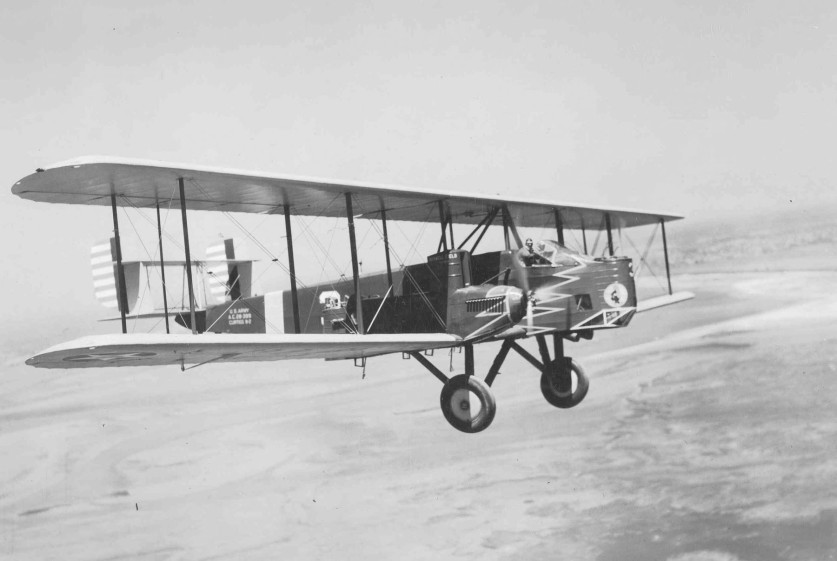RIVERSIDE, Calif. — In the early 1930s, March Field was home to a small fleet of Curtiss Aircraft Company bombers identified as the US Army Air Corps’ B-2 Condors.
Although the March Field Air Museum displays a model of Northrop Grumman’s B-2 Spirit stealth bomber, none of the 12 B-2 Condors and the XB-2A prototype are believed to have survived. And in one of those historical oddities, the Condor’s most serious competitors were the Keystone XB-1.
Technological advances came so rapidly in the early 1930s that the Type B-2 Condor introduced in 1929 was obsolete and withdrawn from service by 1934, but not before heroically completing a mission far from its intended purpose.
On January 17, 1932, six Curtiss Condors, each built to deliver 2,500 pounds of bombs, took off from March Field and flew to the Navajo Tribal Reservation near Winslow, Arizona, where the aircraft delivered 30,000 pounds of Food and supplies to 20,000 Navajo and Hopi tribal families cut off by winter storms.
In recognition of this successful humanitarian and dangerous mission, the 11th Bomber Squadron at March Field, commanded by 1st Lt. Charles H. Howard, became the first group to receive the Mackay Trophy for Most Meritorious Flight of the Year.

